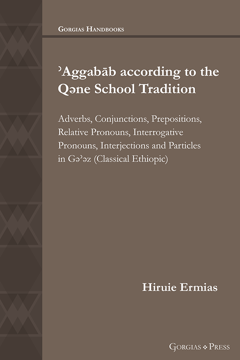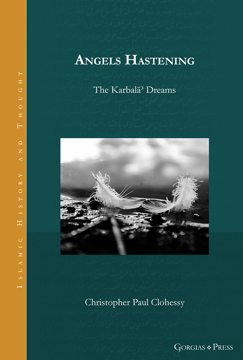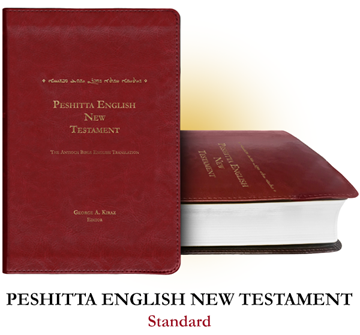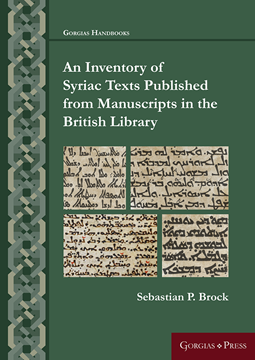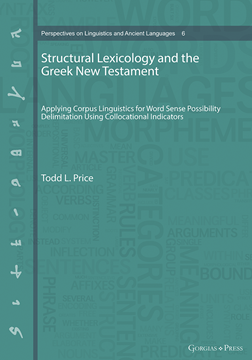ʾAggabāb according to the Qəne School Tradition
Adverbs, Conjunctions, Prepositions, Relative Pronouns, Interrogative Pronouns, Interjections and Particles in Gəʾəz (Classical Ethiopic)
Series: Gorgias Handbooks 48
ISBN: 978-1-4632-4206-0
This book deals with various linguistic elements of Gǝʿǝz (Classical Ethiopic). More than two hundred and thirty-four linguistic elements are discussed, categorized into seven lexical categories: Adverbs, conjunctions, prepositions, relative pronouns, interrogative pronouns, interjections, and particles. Dealing with their etymologies, meanings and grammatical functions is the particular focus of the work. To make the study clearer and easier to understand, appropriate examples and relevant textual sources are given for each theory or analysis.
$77.00 (USD)
Angels Hastening
The Karbalāʾ Dreams
Series: Islamic History and Thought 22
ISBN: 978-1-4632-4209-1
When, on an autumn Medina night in 61/680, the night that saw al-Ḥusayn killed, Umm Salama was torn from her sleep by an apparition of a long-dead Muḥammad, she slipped effortlessly into a progression of her co-religionists who, irrespective of status, gender or standing with God, were the recipients of dark and arresting visions. At the core of those Delphian dreams, peopled by angels or ğinn or esteemed forbears and textured with Iraqi dust and martyrs’ blood, was the Karbalāʾ event. Her dream would be recounted by an array of Muslim scholars, from al-Tirmiḏī, stellar pupil of al-Buḫārī, and Ibn ʿAsākir, untiring chronicler of Syrian history, to bibliophile theologian Ibn Ṭāʾūs and Egyptian polymath al-Suyūṭī. But this was not Umm Salama’s only otherworldly encounter and she was not the only one to have al-Ḥusayn’s fate disturb her nights. This is their story.
$95.00 (USD)
Jacob of Sarug’s Homilies on the Six Days of Creation (The Sixth Day)
The Sixth Day
Edited and Translated by Edward G Mathews Jr
Series: Texts from Christian Late Antiquity 59
ISBN: 978-1-4632-4211-4
In this sixth installment of the long Homily 71, On the Six Days of Creation, Jacob treats the events of the sixth day.
$38.50 (USD)
Peshitta English New Testament
The Antioch Bible English Translation
General Editor George Anton Kiraz; Translated by Jeff W. Childers, J. Edward Walters, Daniel King & Robert A. Kitchen
ISBN: 978-1-4632-4213-8
After the success of the Antioch Bible, this publication is a new translation of the Peshitta English New Testament in a single volume. The English translations of the New Testament Syriac Peshitta were carried out by an international team of scholars. The volume is also available in a beautiful gilded leather edition (ISBN 978-1-4632-4217-6).
From $25.00 (USD)
An Inventory of Syriac Texts Published from Manuscripts in the British Library
Series: Gorgias Handbooks 50
ISBN: 978-1-4632-4214-5
The British Library possesses one of the most important collections of Syriac manuscripts in the world, with large numbers dating back to the second half of the first millennium CE. The publication of important Syriac texts from these manuscripts has been going on for some 180 years and still continues. The aim of the present volume is to provide a guide to these scattered publications: following the sequence of the shelf-marks (call numbers), for each manuscript indication is given of what texts have been published from it. For convenience, a concordance between Wright’s Catalogue numbers and shelf-marks is provided, along with a list of palimpsests and of joins with manuscripts in other libraries, in particular with those still in the Library of Dayr al-Surian in Egypt, the monastery which was the source of over 500 manuscripts and fragments purchased by the British Museum in the mid nineteenth century.
$149.00 (USD)
Structural Lexicology and the Greek New Testament (paperback)
Applying Corpus Linguistics for Word Sense Possibility Delimitation Using Collocational Indicators
ISBN: 978-1-4632-4220-6
This study demonstrates a method for using corpus linguistics to disambiguate polysemes in the Greek New Testament. Included are several examples applying the method to exegetically problematic texts.
$48.00 (USD)
